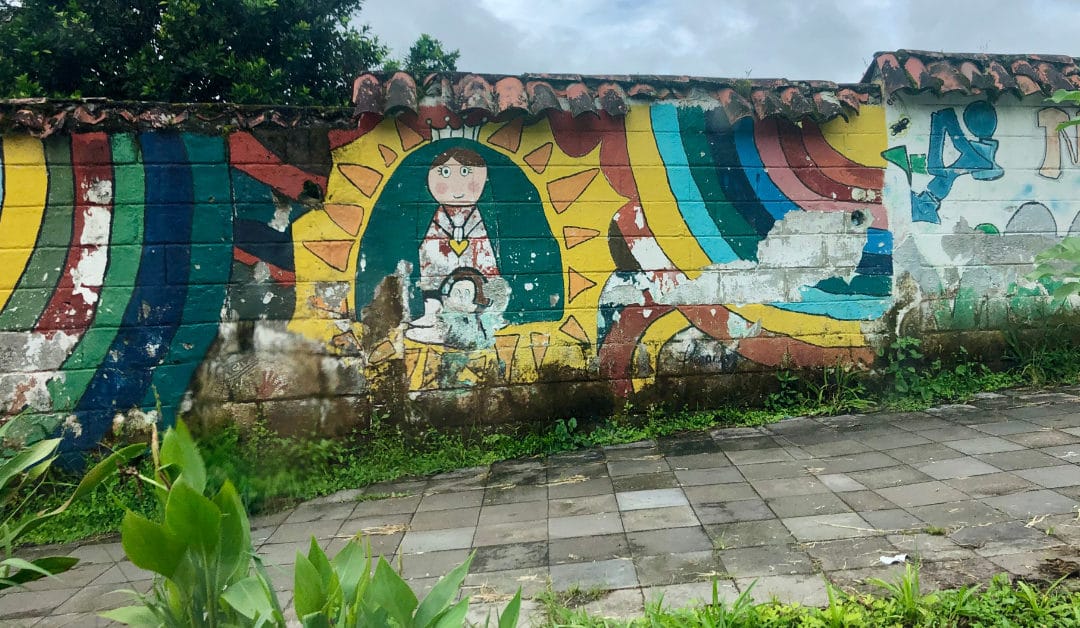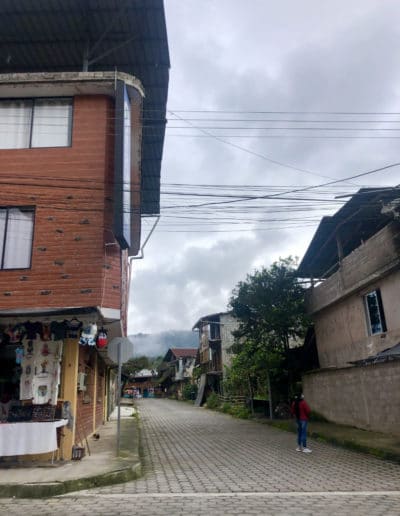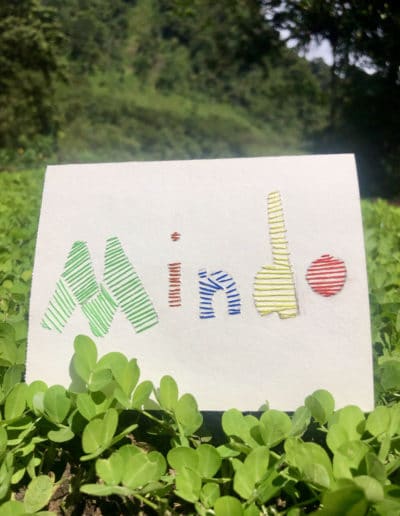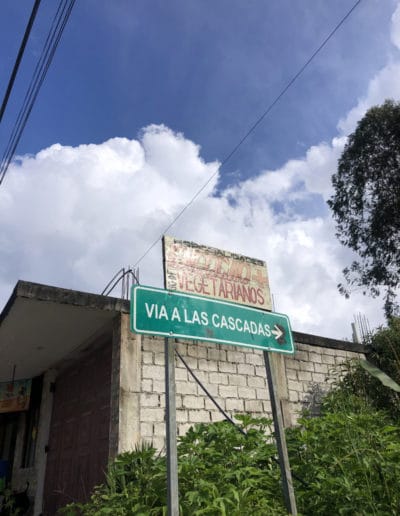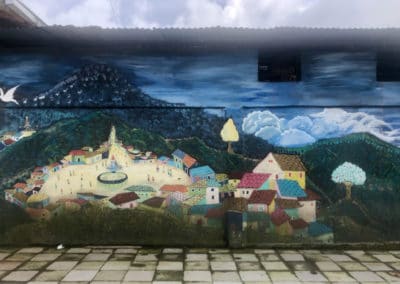We also recognize that this can be a first hard step for many parents to make, especially if they don’t speak the target language themselves and are overwhelmed with the options for help.
To help quell some of those fears, we talked to a family in a uniquely awesome situation. Living in Estonia until about four years ago, this family of five migrated to Ecuador and have seen their children’s language skills blossom ever since. Their experience is not only emboldening but actually attainable, disproving some of the most common myths of bilingual parenting. Namely, that multilingual children will be caught between two cultures, which we see is definitely not the case.
Ecuador, a beautifully diverse country in which Spanish is the primary language, has allowed this Estonian family to retain their native tongue while also embracing English and Spanish. Their tale is one of inspiration, friendship and exploration all in the midst of transition.
Read our interview with Joel below, who is raising trilingual kids in Ecuador!
How old are your kids and how many languages do they speak? At which levels of fluency?
Our kids are Emily (11y), Elias (9y) and Kayla (4y). The older two speak fluently three languages (Estonian, Spanish and English) so they have no difficulty in everyday things or playing with their friends who are natively from these languages. The youngest speaks Estonian, as this is the language of our home, but she understands basic things in both Spanish and English and does not need translation watching cartoons in either language.
How are they learning these languages?
When we came to Ecuador 4 years ago, we hired a private tutor for a few months twice a week to teach them. The tutor did not speak Estonian, nor did the children speak Spanish or English. They managed to bridge the barrier and get their basics of the language. During this time, we also immersed them in hobbies and invited children to play with them. After about 4 months they started attending a private Montessori school with about a dozen other children of different backgrounds. There they got to practice the language and learn in Spanish. Also, there were English-speaking kids attending the school, so the kids picked up that language as well. During the pandemic, when the school had to close, they started English lessons with their aunt in Estonia, who is an English teacher there and Estonian lessons with their grandmother. We also do some homeschooling in Estonian.
TFK: Three languages! Well here are three adjectives: impressive, useful and totally cool. Some may worry that learning more than one language at a young age can confuse a child, but research compiled by psychology professor Dr. Fred Genesse shows that there is no scientific evidence that young children who are learning multiple languages experience confusion or delays.
Which language do you speak at home? Do you switch it up, or just stick to one language?
At home, we speak Estonian, as this is the language they cannot get from the other interactions. After being in Ecuador for over a year, the older two children wanted to switch to Spanish while they were playing together with each other. This was the language they were playing in with others at the time. We asked them not to do that with each other and they complied. Now they use Estonian for their family and respective languages with friends.
What do you think is the most beneficial thing about raising your children to be multilingual?
There are different thought patterns with each language you know and use. Teaching them to use multiple languages will give them additional capabilities for problem solving and making decisions. In addition to this, they have a larger selection of friends culturally different from them, which helps them to have more empathy and understanding when they deal with other people.
Do both parents play the same role in teaching language?
As we are basically only teaching them Estonian, it happens mostly through all the conversations we have, so the role is the same. In homeschooling we do share classes by topics, where the mother takes the language and the dad the math, so there the roles are more set.
TFK: Some parents may worry that they can’t raise a bilingual kid if they don’t actually speak the language themselves. Luckily, the American Speech-Language-Hearing Association says that children can still attain a second language even if only one is spoken by the parents.
How have the kids adjusted to a new life in Ecuador? Do they like Spanish?
I would say they are used to the life here, with their circle of friends and hobbies and habits. They are free with Spanish with their Spanish speaking friends and with English with the English-speaking ones. They make the switch naturally with no delay or trouble.
What language resources have been the most helpful?
The most useful [resource] has been having friends of the same age they can interact and play with… Movies and cartoons also play a role, as they give a fluid experience of hearing different people talk without any pressure of understanding every word.
What resources do you wish they had?
Currently it would be good to have a Spanish teacher, since we are also beginners in this language and cannot teach it to them ourselves. From the start of the lockdowns, they lost this opportunity and we wish we had not.
TFK: When a child is learning Spanish, there is nothing more helpful than a native speaker to both guide and instruct their efforts. TruFluency Kids offers flexible and affordable classes for kids ages 4-17 in all stages of learning.

